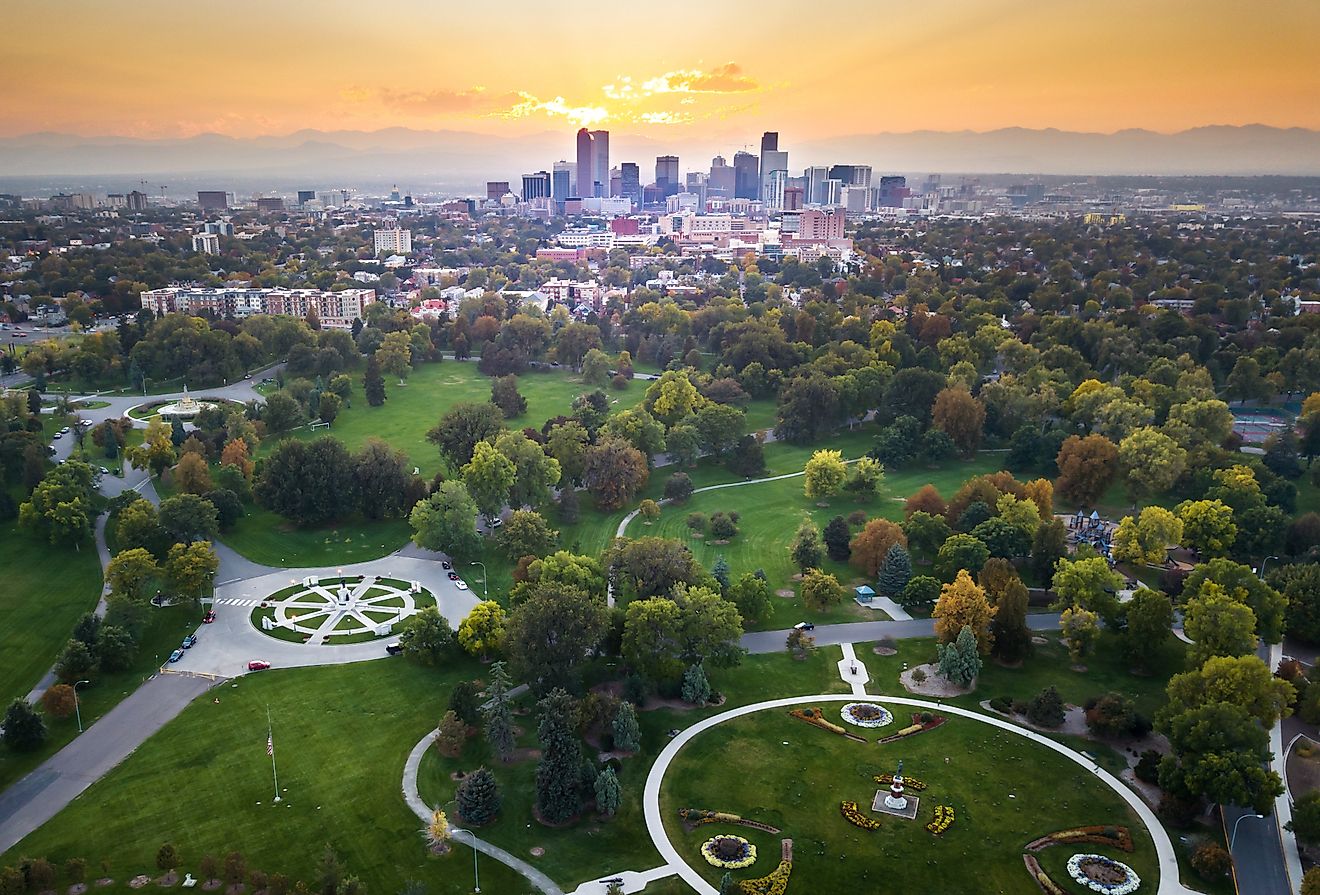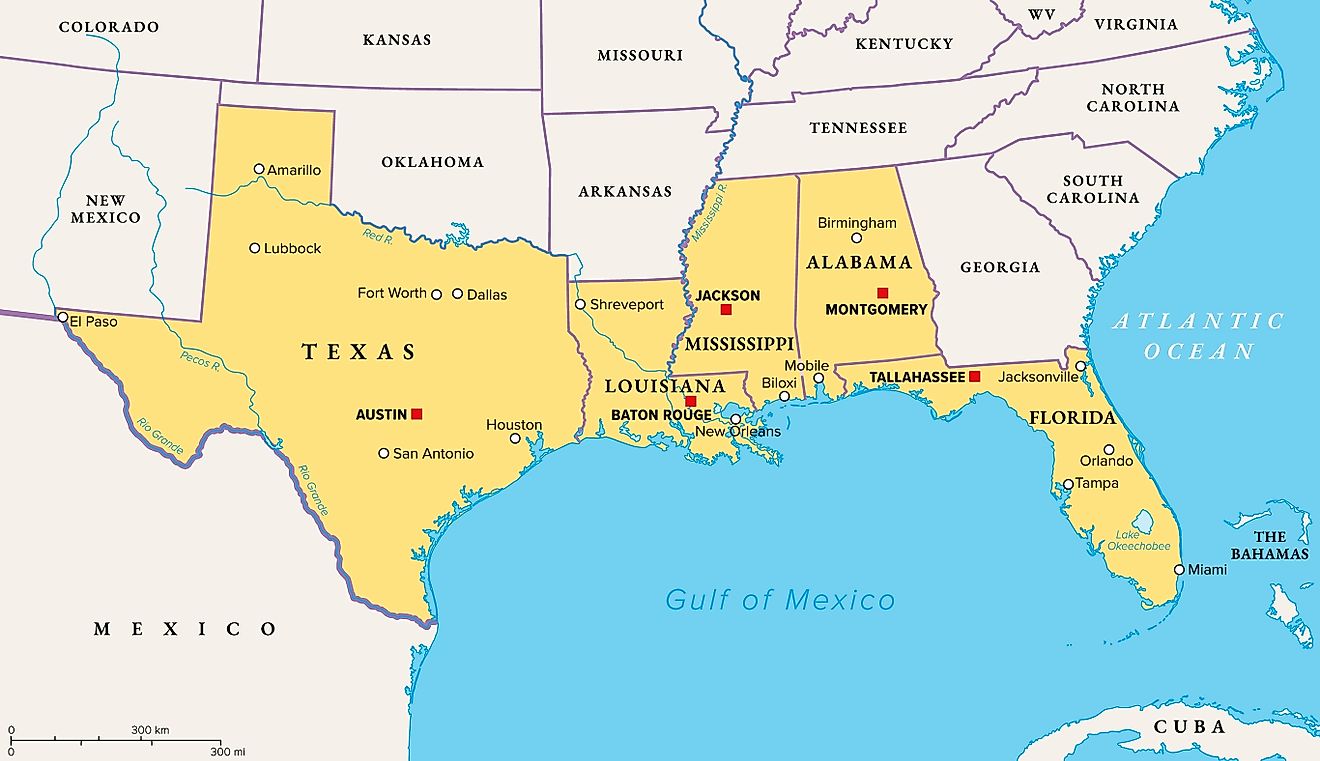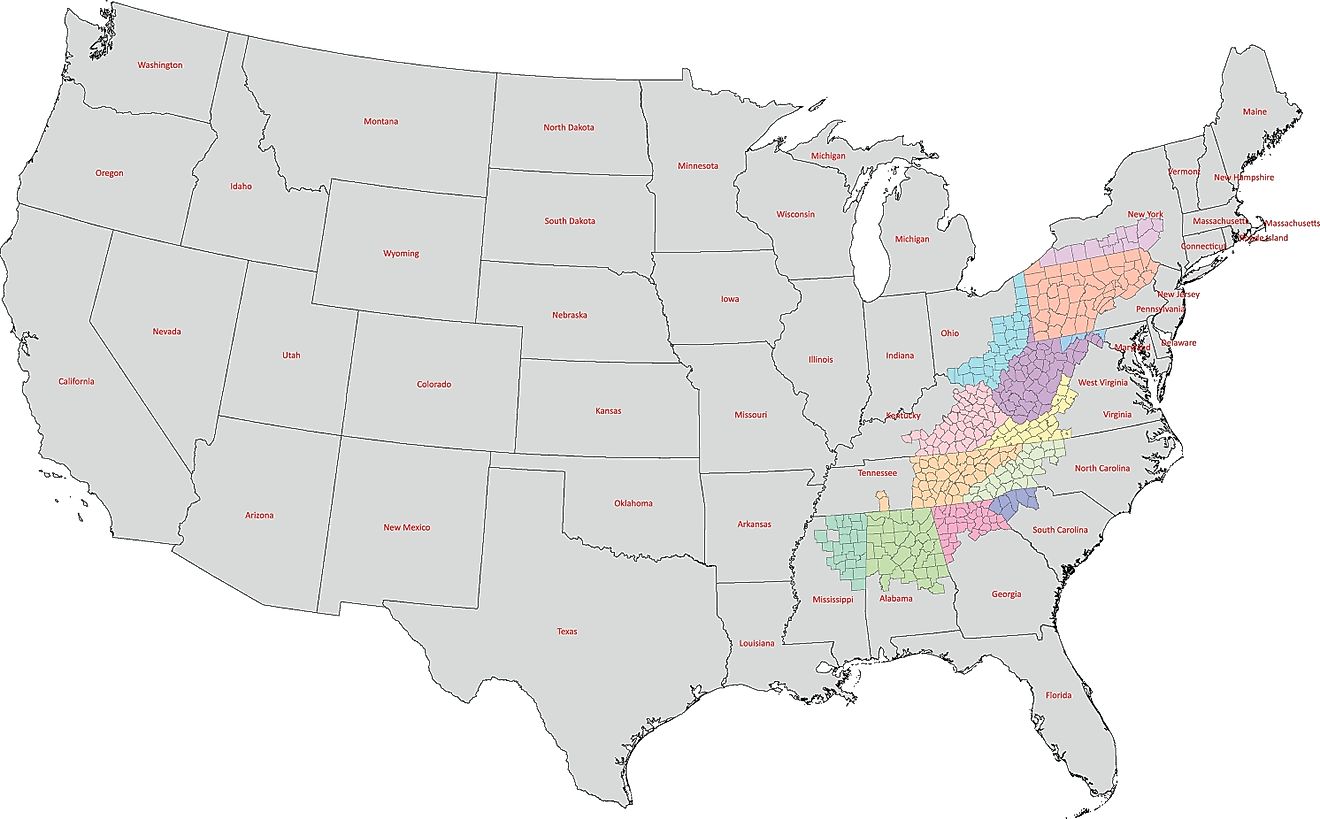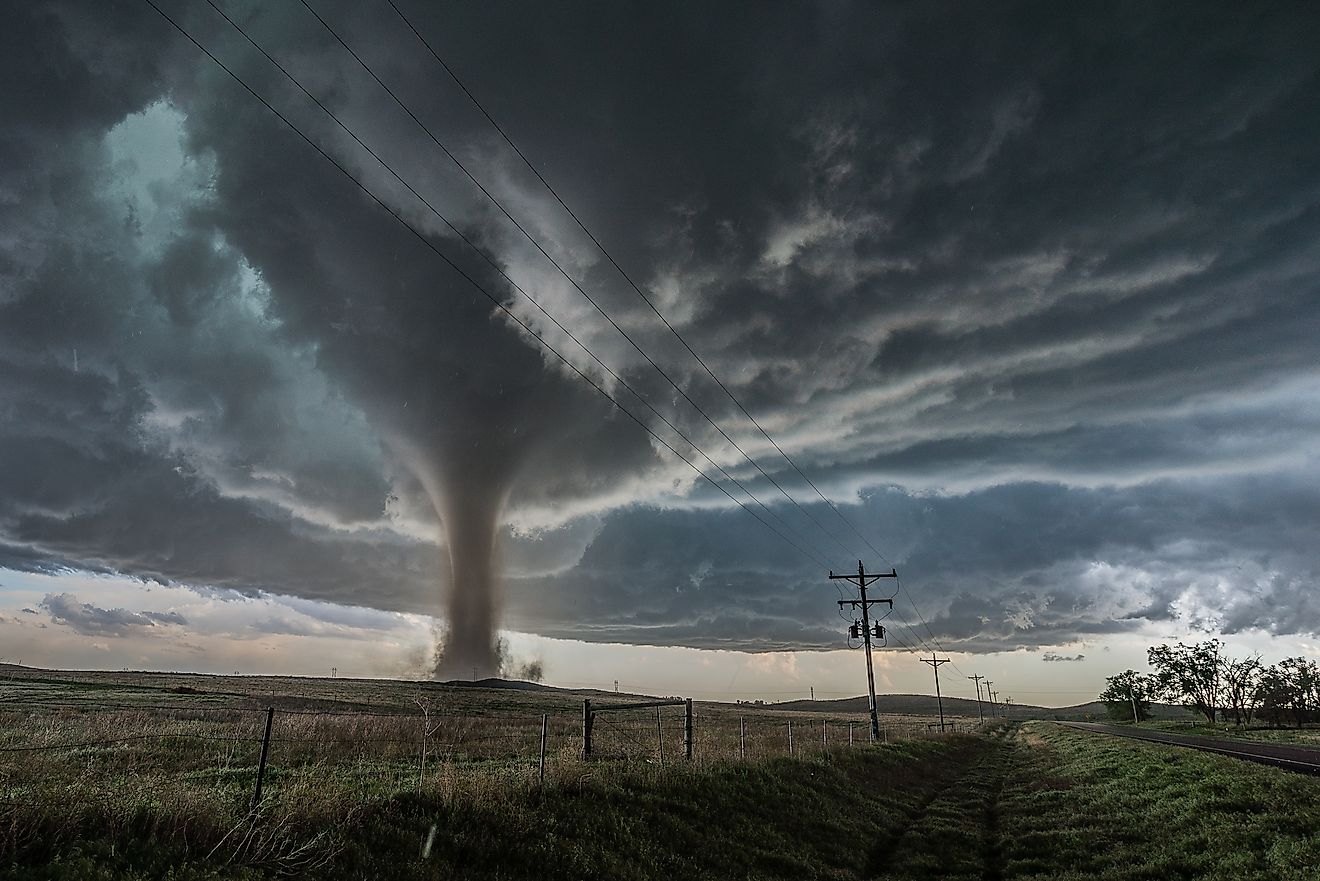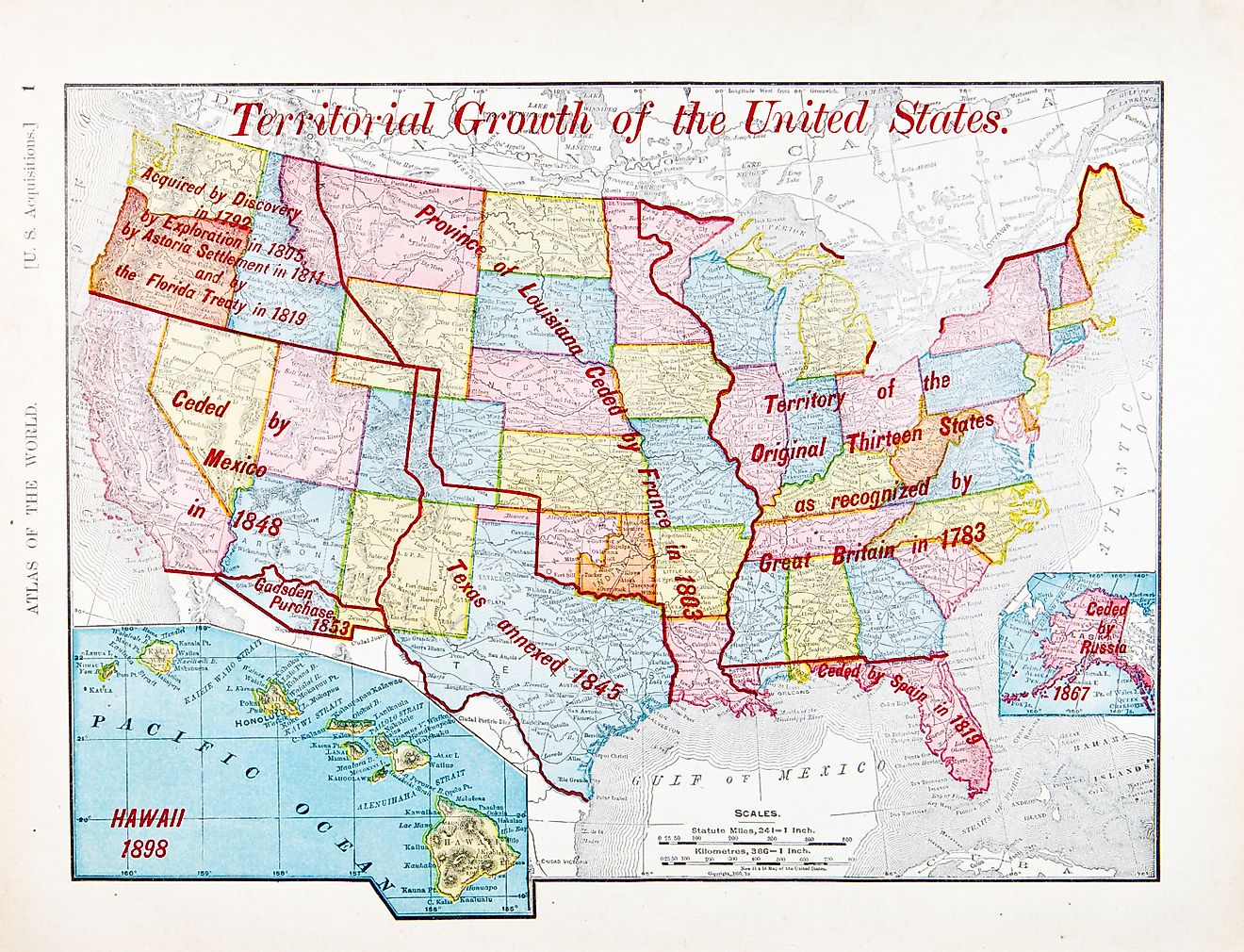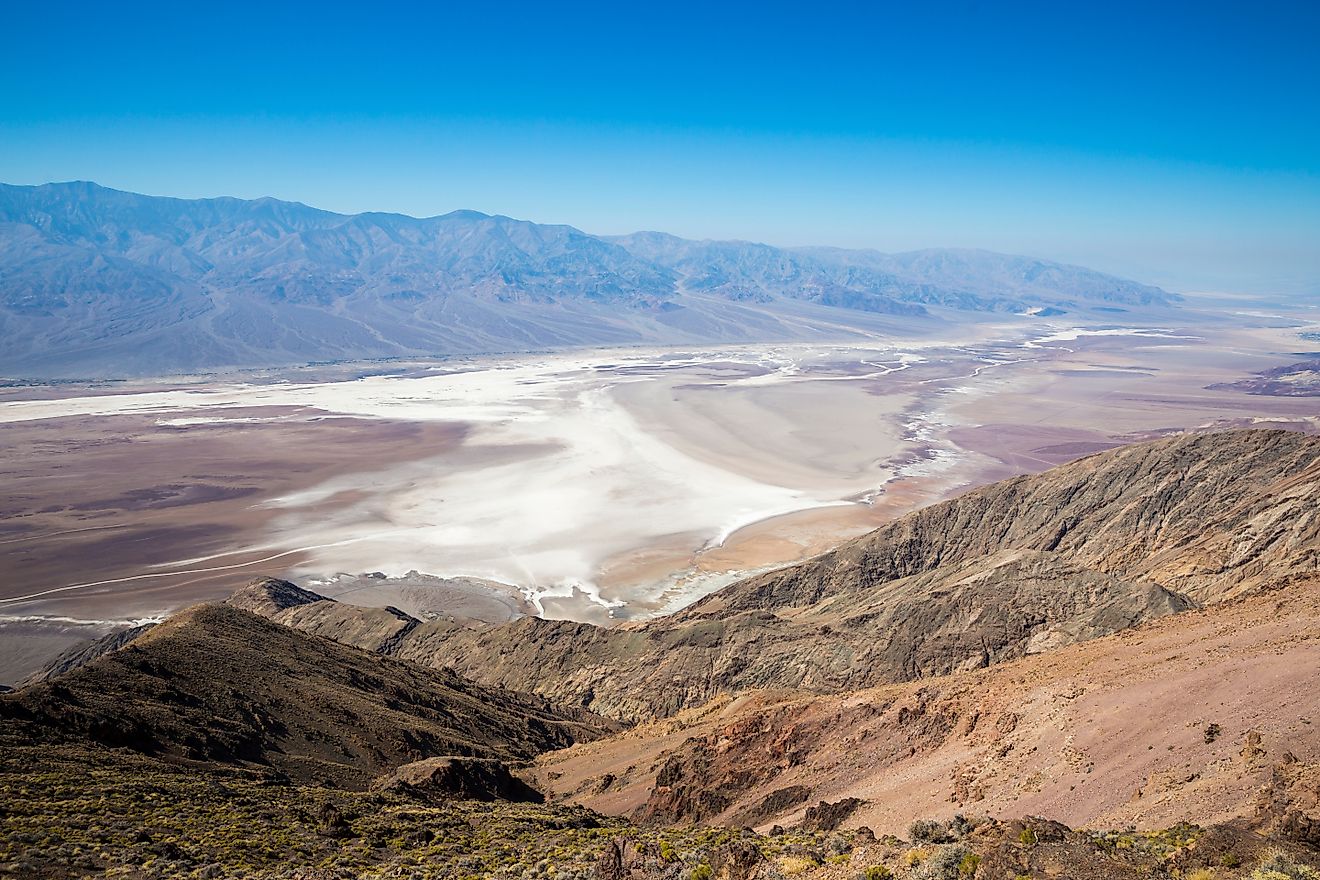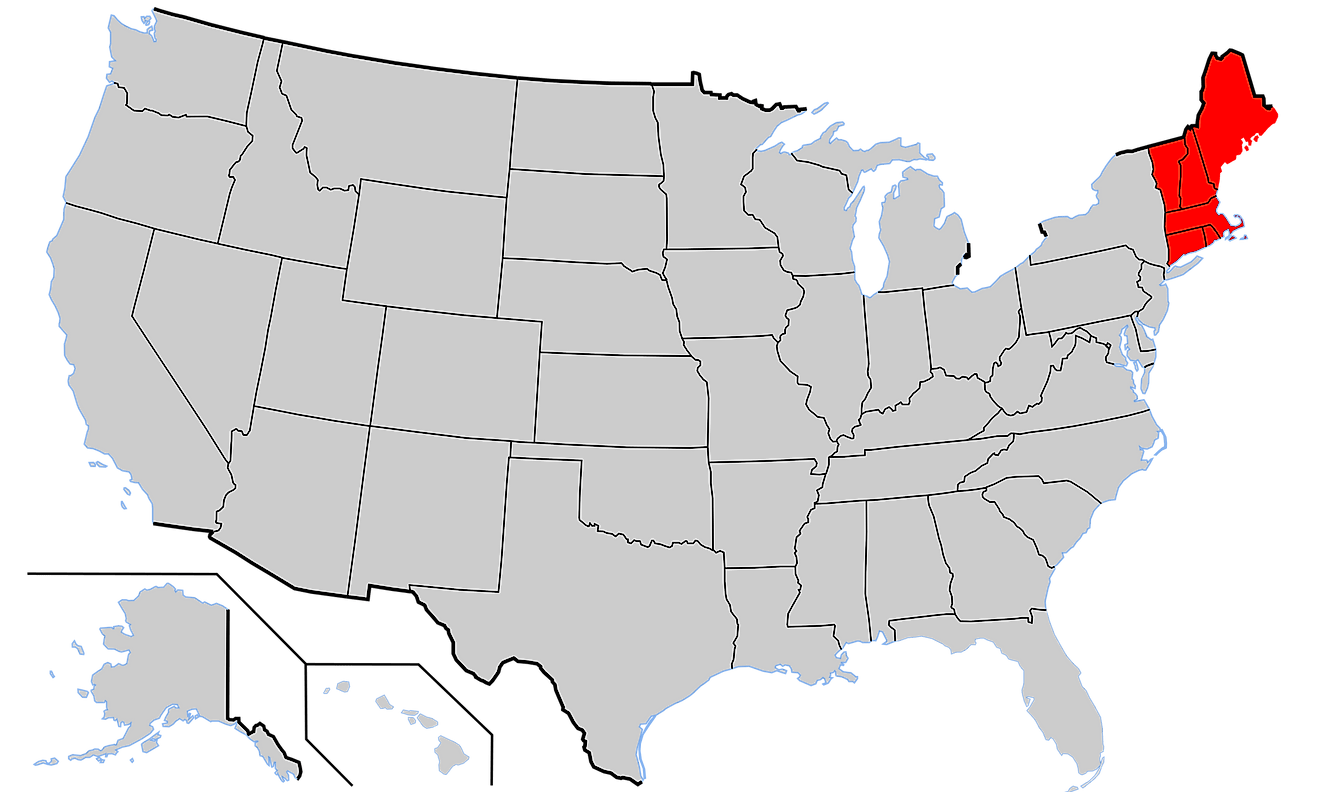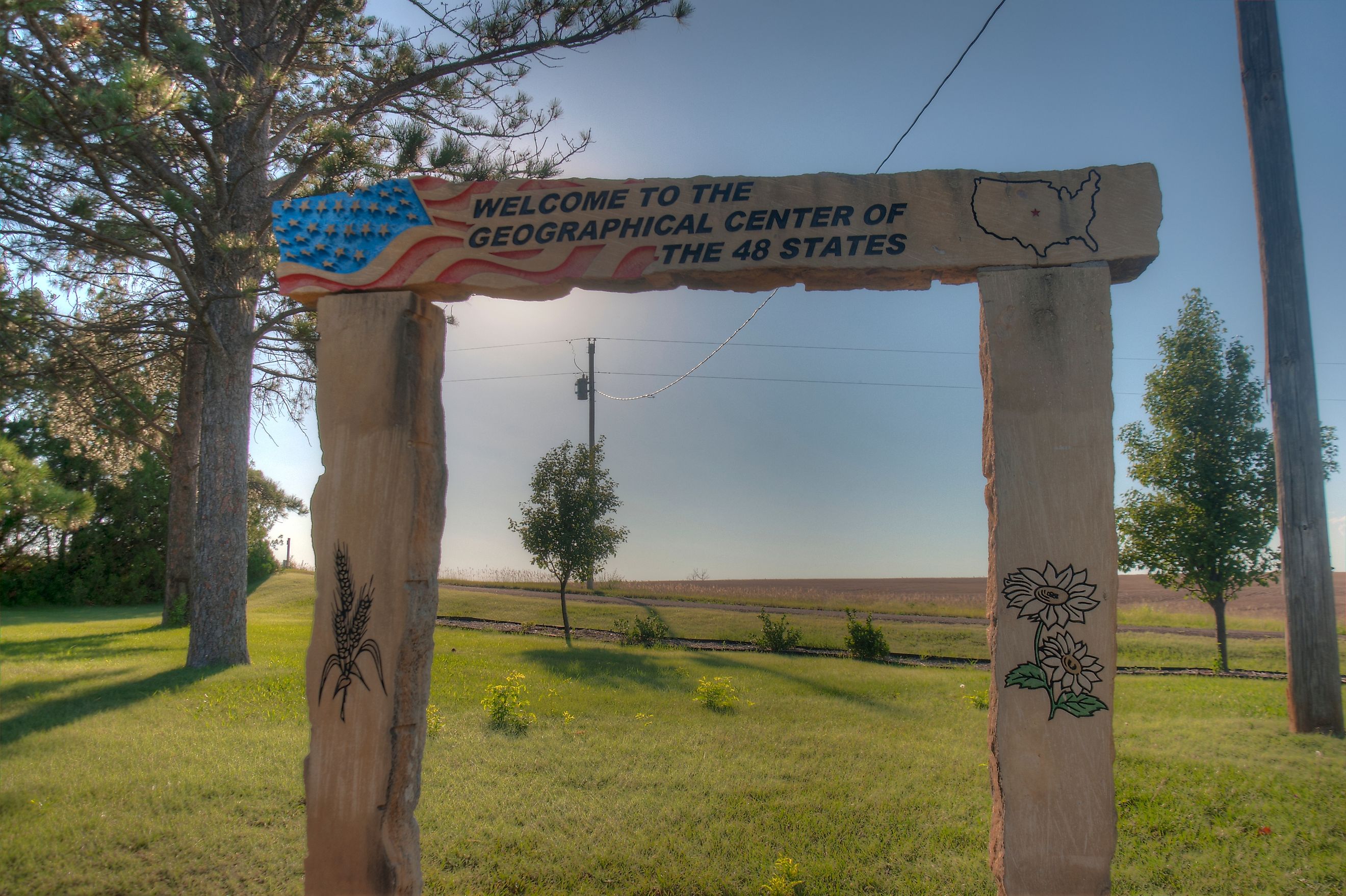
Which City Is the Geographic Center of the Contiguous US?
When most people picture the geographic center of the contiguous United States, they imagine it nestled somewhere in the open plains, surrounded by wheat fields and sky that goes on forever. They wouldn’t be wrong. But pinpointing the exact center is trickier than it seems. So where is it really? The short answer: Lebanon, Kansas, is officially recognized as the geographic center of the contiguous United States. But there’s more to the story than a dot on a map.
Learn how that designation came to be, what you’ll find there today, and why other cities sometimes lay claim to being “the center of America.” It's part geography, part history, and part small-town charm.
The Exact Spot (Sort Of): Lebanon, Kansas
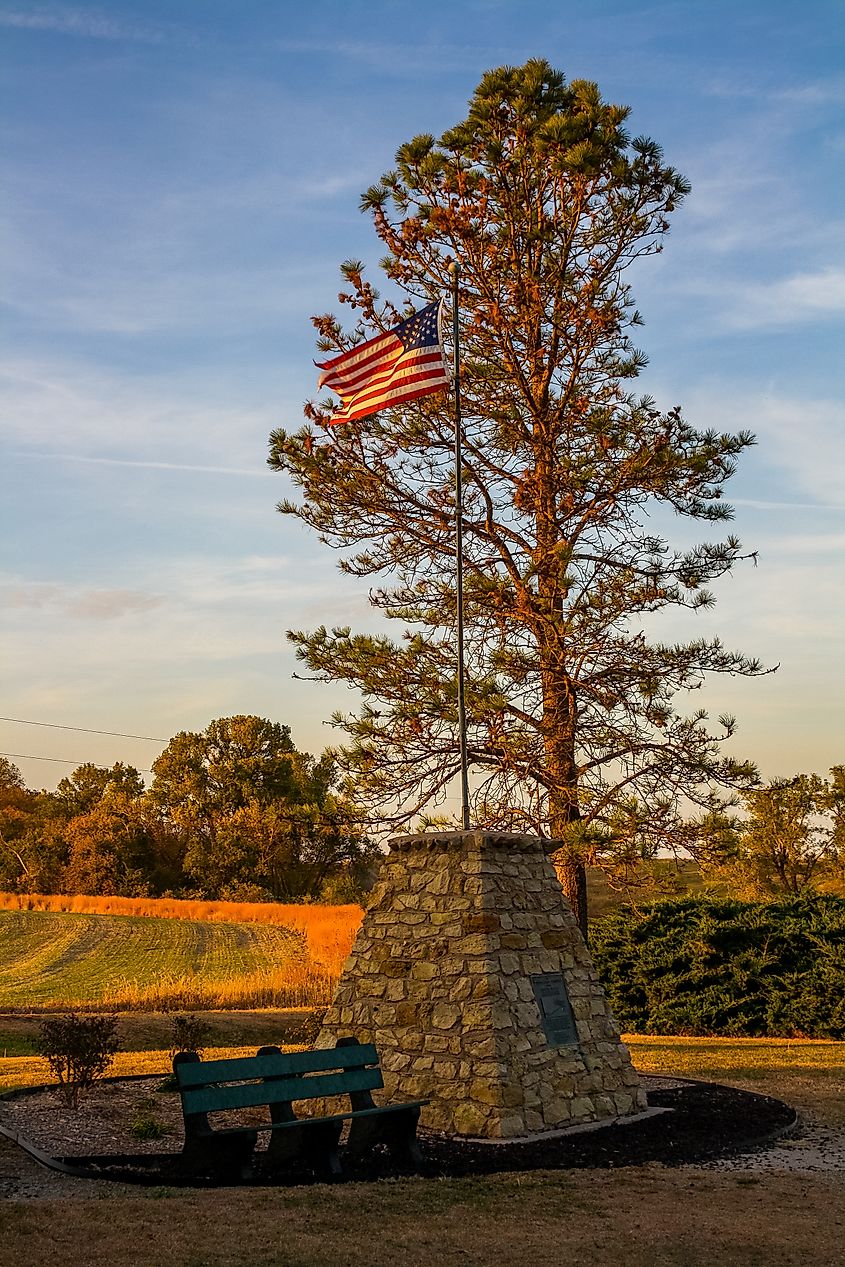
Location: Smith County, Kansas
Coordinates: 39°50′N 98°35′W
Population: Around 200
Just outside the tiny town of Lebanon, Kansas, you’ll find a modest but meaningful monument. A small stone marker reads: "Geographic Center of the Contiguous United States."
This marker is placed about two miles northwest of downtown Lebanon, in the middle of a quiet field bordered by farmland. There’s a flagpole, a chapel built in the 1950s, and a guestbook tucked into a weatherproof box. It’s not flashy, but it feels symbolic. This is, after all, the spot where America balances out, at least according to early cartographers.
How It Was Measured
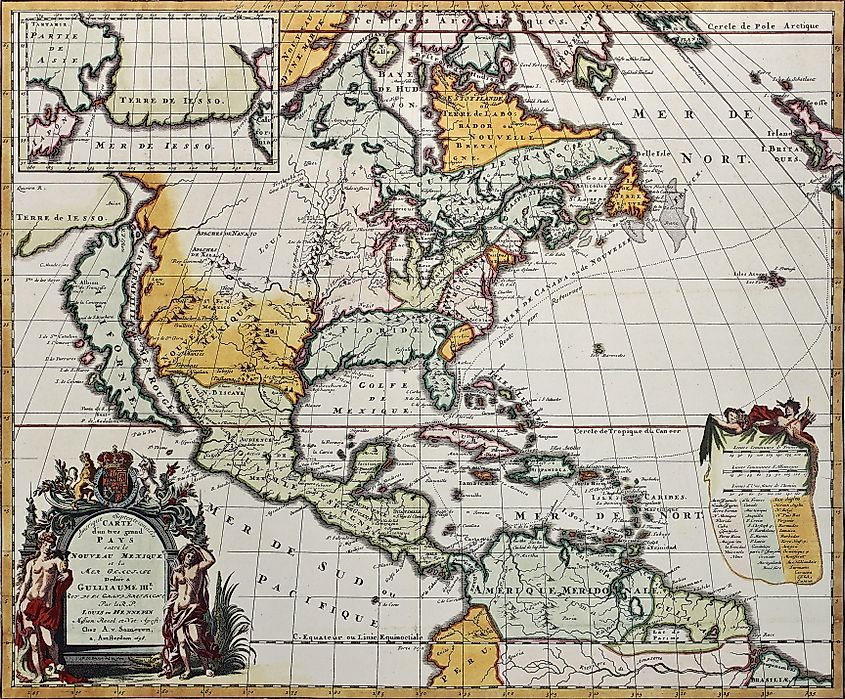
The geographic center was originally calculated by the U.S. Coast and Geodetic Survey in 1918. The method was surprisingly low-tech: the team cut out a cardboard outline of the contiguous 48 states and balanced it on a point to find the center of gravity. That balancing point turned out to be near Lebanon.
The site gained national attention after World War II, especially as the United States Highway System expanded and the idea of cross-country travel became a reality. Travelers detouring through Kansas were eager to say they’d stood in the center of it all.
Visiting the Center
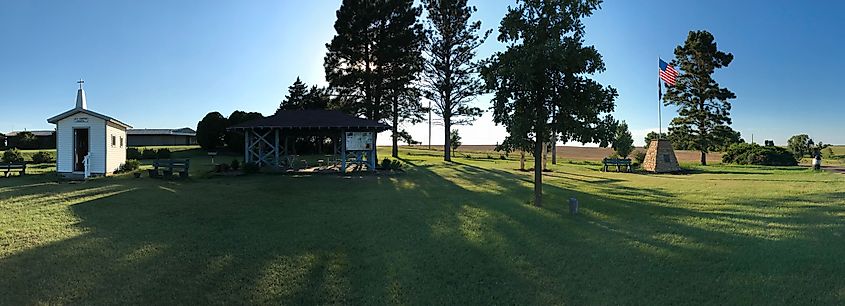
The monument is accessible by a country road and open to the public year-round. There's no admission fee, no parking lot attendants, and no souvenir stands. It's just a quiet piece of land with a powerful sense of place.
Amenities are minimal, but visitors appreciate the solitude. The chapel can be used for weddings or reflection, and the guestbook is often filled with messages from all over the country. Some even leave behind notes about road trips that took them from coast to coast, with a stop in America’s heart.
Why Lebanon?
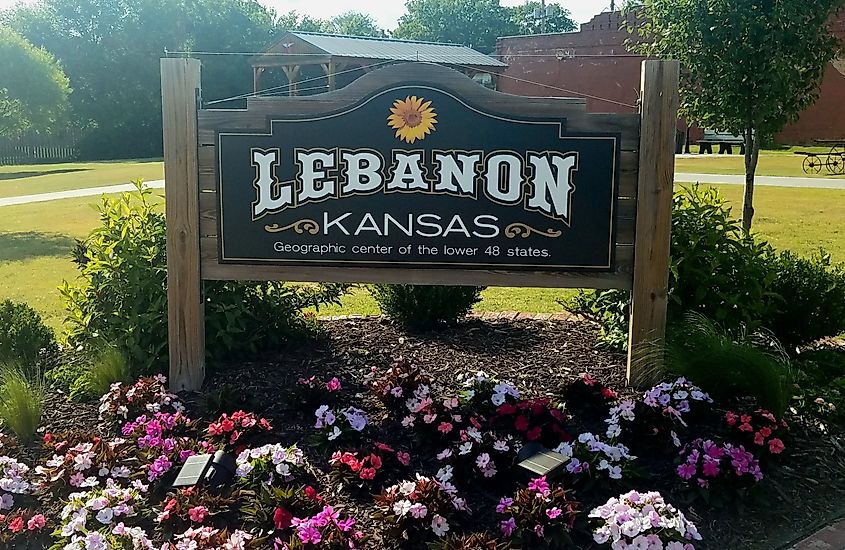
Lebanon didn’t build itself around the center; rather, it inherited the title. The actual calculated center falls on private land, so the town established the monument a short drive away. That hasn’t stopped Lebanon from embracing its geographic distinction. Though its population is small, the town is proud of its role as the midpoint of the Lower 48.
Each year, travelers, cyclists, and road trippers show up to check off this quirky landmark. In 1941, President Franklin D. Roosevelt even referenced the geographic center in a speech promoting American unity. The center became more than just a cartographic point. It was symbolic of the country’s balance, both literal and cultural.
Controversy and Confusion
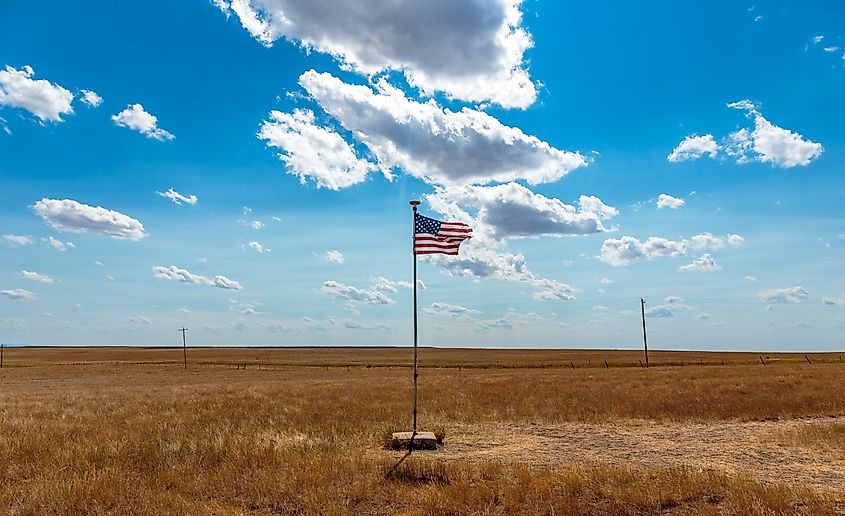
While Lebanon holds the official title, not everyone agrees that it’s the definitive center. That’s because there’s more than one way to define a “center.” Here are a few alternative claims:
Geographic Center Including Alaska and Hawaii
If you include all 50 states, the geographic center shifts dramatically. The U.S. National Geodetic Survey places that center near Belle Fourche, South Dakota, not Kansas. That point reflects the balance of the country’s land mass once Alaska and Hawaii are added.
Center of Population
Another common point of confusion is between the geographic center and the center of population. The geographic center is a fixed point based on land area, while the population center changes every 10 years with the U.S. Census.
As of the 2020 Census, the population center of the United States is near Hartville, Missouri, based on where Americans live rather than where the land falls. It has gradually moved southwest over time as the population shifts westward and southward.
Other Cities That Claim the Center
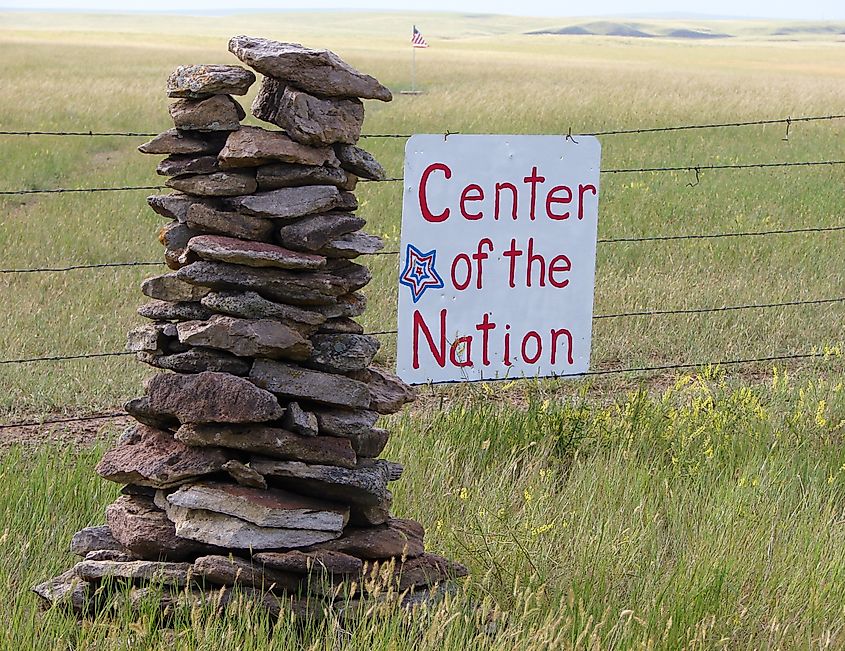
A few other towns try to make their case as being the “real” center:
-
Lucas, Kansas: A small town with artistic flair, Lucas markets itself as the “center of the world” thanks to its central location and eccentric roadside attractions.
-
Agra, Kansas: A short drive from Lebanon, some argue that Agra is actually closer to the original survey’s pinpoint.
-
Smith Center, Kansas: The county seat of Smith County (where Lebanon is located), Smith Center sees a fair share of visitors who are in the area for the monument.
While none of these towns have official claims, they contribute to the broader narrative that central Kansas is America’s geographic sweet spot.
A Small Town with Big Significance
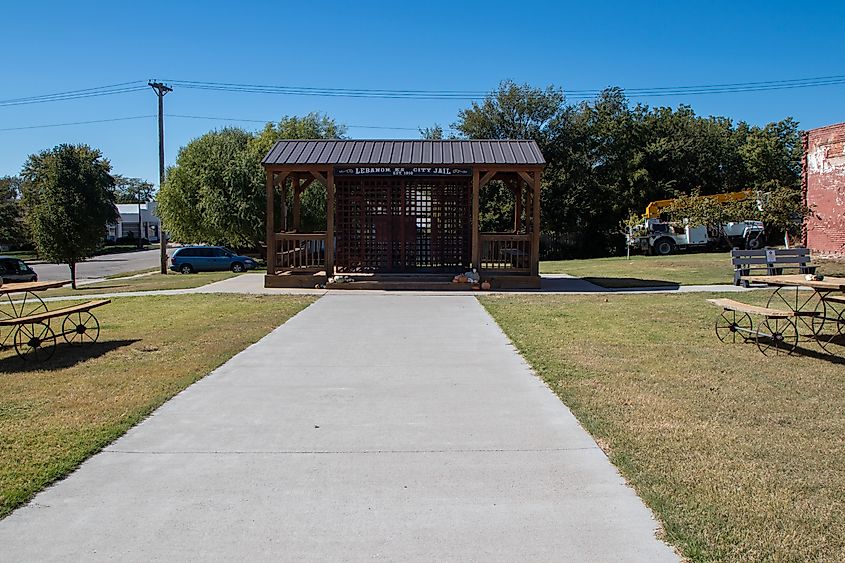
Lebanon is tiny by every measure, but its central location gives it a surprisingly outsized cultural role. The town has embraced this claim in a quiet, unassuming way. A few businesses play up the theme, including local diners that market themselves as “heart of the heartland” stops.
The surrounding area features open plains, wind-blown grasses, and classic Midwestern farmland. It's not touristy, but that’s part of the charm. People come not for flashy attractions, but for the symbolism of standing in the middle of something bigger than themselves.
Directions to the Monument
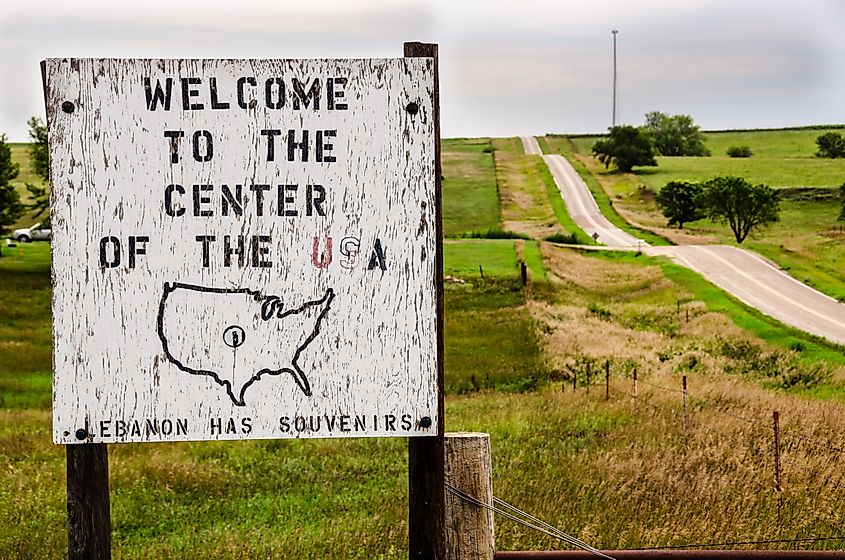
If you’re planning a visit, here’s how to get there:
-
From Lebanon, drive about 1.5 miles northwest on US-281 and follow signs to the monument.
-
The site is located on K-191, a short paved road that ends at the marker.
-
Parking is roadside, and there are no restrooms or food services at the monument itself.
Pro tip: bring your own pen to sign the guestbook and consider timing your visit for sunset. The wide Kansas skies offer incredible evening light.
Not Just a Dot on a Map
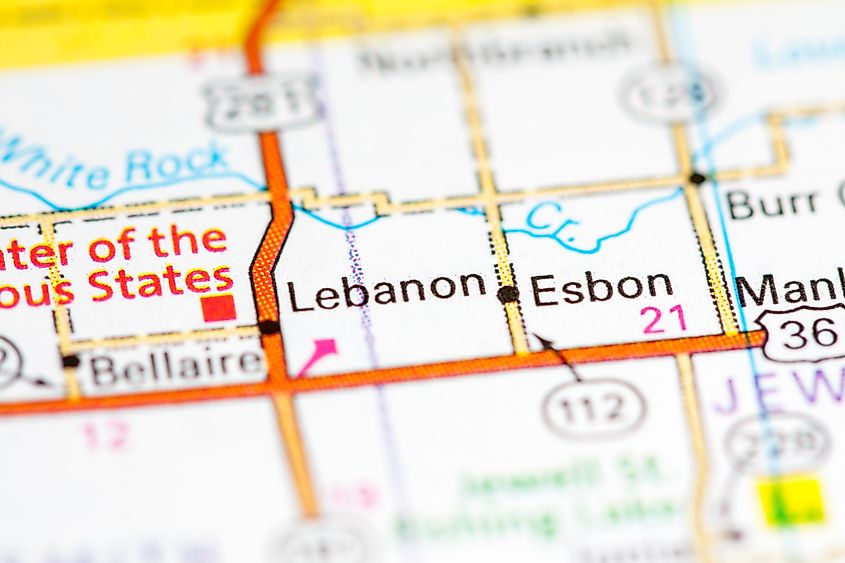
Standing at the geographic center of the contiguous United States might not be on every traveler’s bucket list but it should be. In a world that moves fast, Lebanon, Kansas offers something rare: a place where you can stop, look around, and realize you’re right in the middle of it all.
No theme parks, no traffic, no noise. Just sky, earth, and the heart of a country spread out in every direction.
Fast Facts
-
Official Geographic Center of the Contiguous US: Lebanon, Kansas
-
Coordinates: 39°50′N 98°35′W
-
Date Calculated: 1918
-
Method Used: Cardboard cutout balance technique
-
Monument Built: 1940s
-
Actual Center Point: Located on private land
-
Public Monument: 1.5 miles northwest of Lebanon
Q&A: More on the Geographic Center
Is the geographic center in Lebanon the exact center?
Not quite. The precise point is on private farmland, but the public monument is very close.
Can you stand at the exact center?
No, the official center falls on private property, but the monument offers public access nearby.
What’s the difference between geographic center and population center?
Geographic center is based on landmass. Population center is based on where people live.
Is there anything else to do in Lebanon, Kansas?
The town is quiet but charming. It has a diner, a few shops, and plenty of local pride. Nearby Smith Center offers additional amenities.
How long does it take to visit the monument?
Most visitors spend 15–30 minutes, though sunset photos and quiet reflection often stretch the stop.
